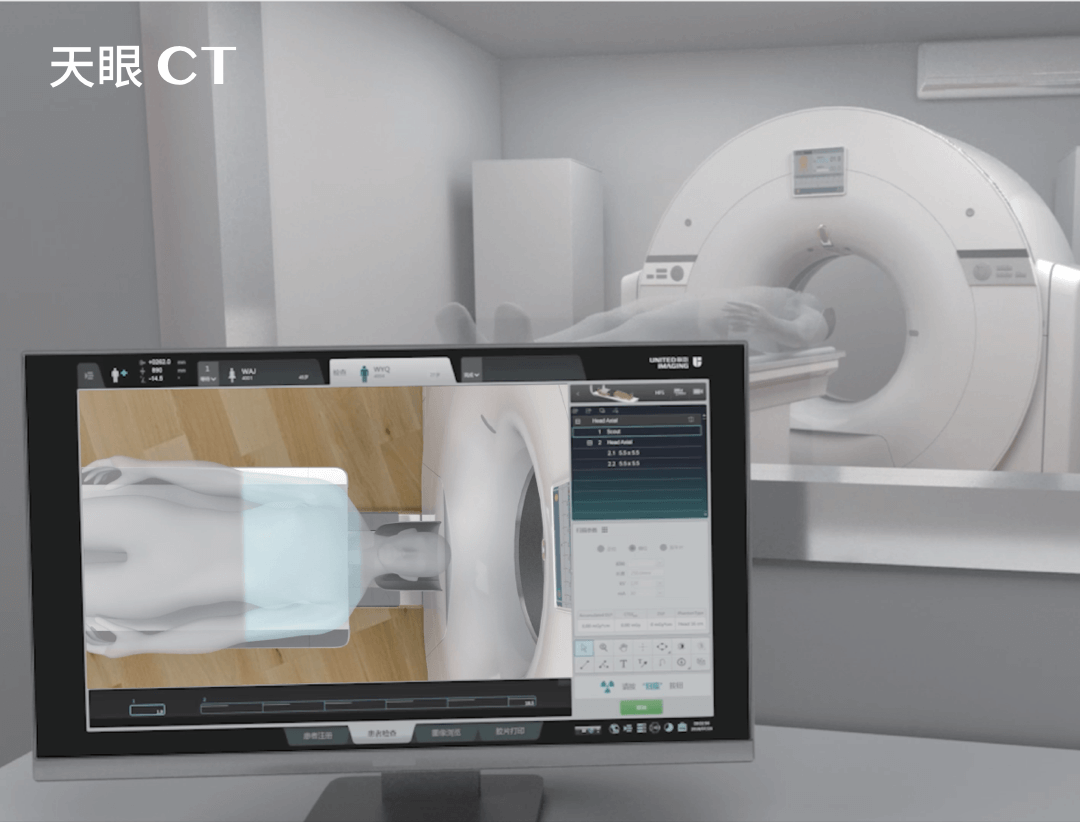X-ray of the hand
An X-ray of the hand is one of the most commonly performed imaging tests in medical diagnostics. It allows the condition of bones, joints and other anatomical structures of the hand to be assessed, which is extremely important in diagnosing injuries and chronic diseases, and also in monitoring the progress of treatment.
This examination is especially indispensable in emergency departments. Its main uses are to confirm or rule out a fracture, diagnose arthritis (including rheumatoid arthritis) and evaluate complaints related to hand function. A doctor’s referral is required for an X-ray examination.
What is an X-ray of the hand?
The examination involves taking an image that allows the doctor to see the internal structures of the hand using X-rays. When passing through the body’s tissues, these rays are absorbed to different degrees by different structures, making it possible to obtain an image on an X-ray film or digital detector.
When is an X-ray of the hand useful?
X-rays of the hand are performed to assess the location and nature of the degeneration. This examination makes it possible to determine whether there is a fracture or other damage to bone continuity in the area under examination.
In addition to diagnostics, X-rays are also used for follow-up purposes, such as to verify whether the treatment implemented is achieving the intended results, or to assess the healing process after bone fracture and stabilisation.
This examination is also performed to determine bone age in children with suspected developmental disorders. The radiologist compares the image of the non-dominant hand in a single projection to age-specific images in atlases in order to determine the patient’s bone age.
What are the indications for an X-ray of the hand?
X-ray of the hand is recommended in many clinical situations, such as:
- Injuries and fractures – the most common indication for this examination is a suspected fracture of the bones of the hand, wrist or fingers. The image obtained helps to accurately locate the fracture, assess its type and degree of displacement.
- Degenerative changes and rheumatic diseases – X-ray is used to diagnose diseases such as osteoarthrosis, rheumatoid arthritis or gout. It makes it possible to assess the condition of the joints, the presence of osteophytes (bony growths), narrowing of the joint space and possible bone damage.
- Tumours and lesions – the examination can help detect bone tumours and other pathological lesions, such as bone cysts or infections.
- Congenital deformities and defects – X-ray examinations are helpful in evaluating congenital anomalies, such as polydactyly (supernumerary fingers) or syndactyly (fused fingers).
Contraindications for hand X-rays
The only contraindication to the examination is pregnancy. In such cases, other safer imaging modalities, such as ultrasound or MRI, should be considered. However, pregnancy is a relative contraindication, meaning that if the examination is absolutely necessary in order to diagnose the patient, it can be performed. The patient must inform the electroradiologist of her pregnancy before the examination. If she is unsure of her condition, she should forgo the examination and take a pregnancy test.
What does an X-ray examination of the hand look like?
The examination is relatively simple and non-invasive. The patient must remove jewellery and other metal objects from the hand, as these items could interfere with the image. The hand is then placed on the X-ray table in various positions to obtain the appropriate projections (views). A technician takes the images, with the whole procedure usually taking a few minutes.
How to prepare for an X-ray examination of the hand?
The patient does not need to prepare specially for the X-ray examination. The patient can normally eat, drink and take regular medications. The examination can be carried out at any time of the day. For the patient’s own comfort and to ensure the smooth conduct of the examination, the patient should wear comfortable, loose clothing that can be easily removed to expose the area being imaged. The patient must bring a current identity document and previous examination results, if any.
Advantages and limitations of hand X-ray
Advantages:
- Speed and accessibility – X-ray is a quick and widely available examination.
- Low invasiveness – the examination is non-invasive and requires no special preparation.
- Accurate fracture diagnosis – the examination is very effective in detecting fractures and other bone injuries.
Limitations:
- Exposure to radiation – although the radiation dose is low, it is not recommended that the examination be repeated frequently without a clear need.
- X-rays are not the ideal modality for evaluating soft tissues, such as ligaments, tendons or muscles, because these tissues are not clearly visible in X-ray images. In these cases, examinations like MRI or ultrasound are better suited.
An X-ray of the hand is an extremely important diagnostic tool in medicine, allowing a quick and accurate assessment of the condition of the bones and joints of the hand. It is invaluable in diagnosing injuries and chronic diseases, and monitoring the progress of treatment. Despite some limitations, its availability and speed make it one of the most commonly performed imaging tests in clinical practice.
*IMPORTANT! The information contained in this article is for informational purposes only and is not a substitute for professional medical advice. Each case should be evaluated individually by a doctor. Consult with your doctor before making any health decisions.



